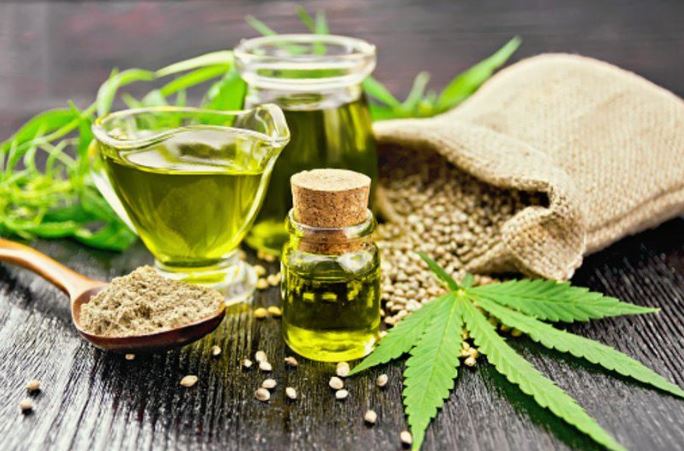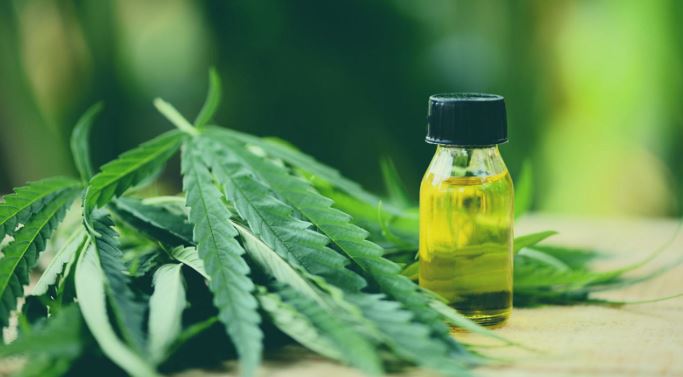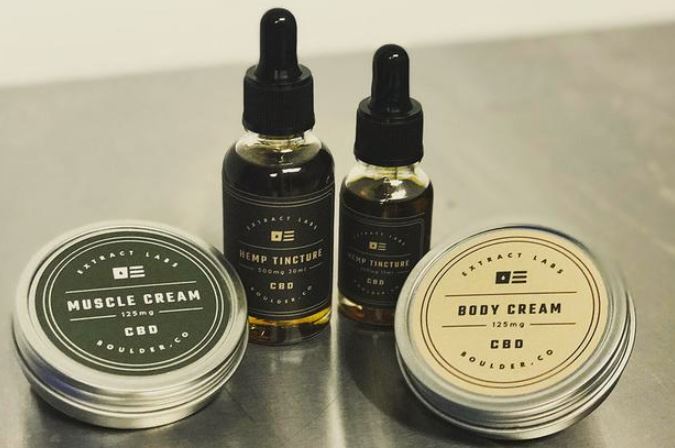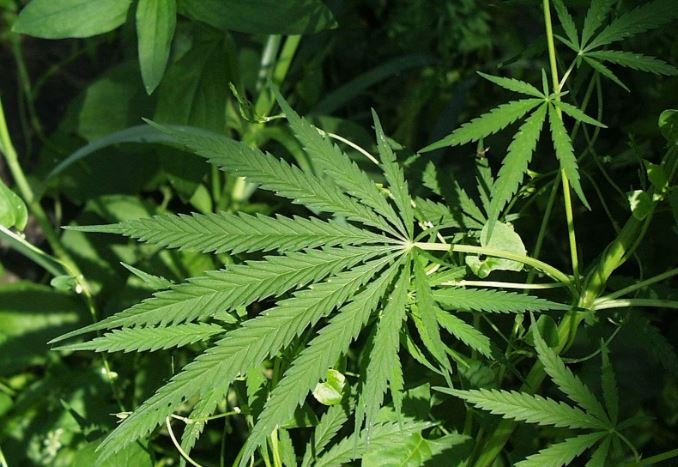The Future Of Legal Hemp Products
Hemp can play a significant role in scaling up creative solutions that can quicken the shift to a regenerative growth model that gives back more to the world than it takes while generating thousands of new green and highly skilled employments in rural manufacturing regions. The hemp industry represents a change in our current system to upgrade it to a circular economy and can help alleviate climate change. It is also a profitable and socially responsible enterprise. Due to its adaptability, hemp has the potential to open up multibillion-euro downstream industries, particularly in the production of biomaterials that are reusable, recyclable, and compostable.
Consumer demand for natural and sustainably sourced fibers and goods will increase and experience significant growth in the upcoming years. This will increase hemp’s prominence as a supporter of reestablishing environmental harmony and reaching carbon reduction goals for a resilient and flourishing sustainable economy.
Contents
What is Hemp?
For thousands of years, people have grown hemp (Cannabis sativa), a fragrant annual herb, for its fiber, seeds, and oil. Although hemp has been cultivated for its strong fibers and nutritious seeds throughout history, several nations have banned the cultivation of this valuable crop because of its psychotropic properties.
Additionally, despite belonging to the same species as the cannabis plant used for recreational use, hemp has low psychoactive tetrahydrocannabinol (THC) concentrations. Cannabis sativa strains have been developed over time by hemp farmers for two different uses. Some growers purposefully bred particular strains to contain high concentrations of THC and other psychotropic cannabinoids. In contrast, others produced cultivars that yield superior fibers with higher CBD and lower THC concentrations.
Is Hemp Legal Product?
In the US, hemp is defined as cannabis with a THC content lesser than 0.3%; however, in the UK, growing hemp is permitted as long as the plants have a THC content of less than 0.2%. This definition of hemp is solely intended for legal purposes. To distinguish hemp from cannabis, many nations use various numbers.
The journey started in the 18th and 19th centuries when hemp cultivation was permitted in the United States. The chemical was prohibited in the 20th century but was later legalized in the 21st. However, 2019 saw the United States overtake China and Canada as the third-largest hemp producer in the world.
A Cannabis sativa type that is not used to make drugs and has 0.3% or less delta-9 tetrahydrocannabinol (THC) is referred to as industrial hemp. Marijuana’s psychotropic ingredient is THC. Federal law still prohibits the cultivation of plants with higher than 0.3% THC. Cannabidiol, also referred to as CBD, is another element of Cannabis sativa in all its forms. The use of CBD in non-FDA-regulated goods is legal. Production of hemp has increased in the US and other countries due to the alleged medicinal benefits of CBD, which are largely unproven.
Furthermore, more and more average Americans are becoming aware of cannabis’ benefits as it moves through the legal system. Delta 8 dabs, the fourth most extensively studied cannabinoid globally, is not a new player in the cannabis industry. Furthermore, according to certain studies, Delta-8 THC may also aid in the production of the neurotransmitter acetylcholine. This neurotransmitter regulates arousal, memory, cognition, and neuroplasticity. There are a lot of advantages to delta 8 THC, and it seems to have almost no drawbacks.
Future Of Legal Hemp Products
Many people are curious about how much money can be made farming hemp in light of the legalization of hemp in many nations and the increased demand for CBD oil for medical purposes.
The answer is more complicated than other crops because hemp is one of the most adaptable plants you can produce, and profitability varies according to your use for your hemp harvest. Oils, seeds, and fibers are the three main hemp-derived products, and each has unique needs and economic viability. Every component of the hemp plant has a wide range of uses, so hemp plants offer a variety of ways to make money. This is one pf the reasons that the future of hemp products is so bright. Here are some of the parts mentioned below along with its benefits.
Stalks of Hemp
The stalks of hemp plants have two layers: an inner layer of woody pith and an outer layer of strong, resilient bast fibers. Manufacturers employ both layers to produce a variety of materials. However, the bast fibers in the outer layer are more valuable than the woody pith because of their strength and durability. Since hemp grows quickly, similar to bamboo, it is considered a sustainable supply of fiber for industrial items. Hemp stalks are used to create a variety of goods, such as string, rope, twines, Insulation, Bioplastic Hempcrete, Biofuel, and many more.
Hemp Leaves
Hemp leaves can be used in various ways and are high in polyphenols and other healthy components, such as CBD. They can be used in several ways, such as:
- as a component of nutritious smoothies
- combined with hemp flowers to produce tea and essential oils
- eaten uncooked in salads
- used dried and infused
- To handmade skincare and soap items
Hemp Flowers
CBD is primarily found in the flowers of female hemp plants, while it is also present in the stalks and leaves of hemp plants. The only plant components devoid of CBD are hemp seeds and roots.
Smokable hemp flowers and CBD extract, an oil, are the two primary goods used in the hemp CBD industry. Smoking hemp flowers doesn’t cause addiction or euphoria and delivers the health benefits of CBD more quickly than CBD pills or lotions. CBD oil is frequently used in carrier oils for pain relief and added to creams and lotions for topical usage.
Seeds
Hemp was one of the first domesticated crops because hemp seeds are a valuable food source and a high source of protein, fiber, and magnesium. As a healthy food, hemp seeds are sold. They’re frequently added to baked products, salads, smoothies, and salad dressings.
They can also be powdered and combined with water to create hemp milk. Additionally, producers use hemp seeds to create cold-pressed hemp seed oil, which is a good source of protein, fatty acids, and other necessary elements but does not contain any THC. However, Hemp seed oil shouldn’t be used for cooking. Instead, pour it on salads and vegetables to bring out their taste.
Furthermore, natural hair, skin care products, and health supplements frequently contain hemp seed oil. It can be used to create opulent handmade soaps. Manufacturers use hemp seed oil to create paints, varnishes, and plastic flooring, including linoleum, among other industrial applications.
Roots
Hemp plants have extraordinarily long roots, which can spread to a depth of two to three meters in the right soil conditions. These roots enable them to extract water and nutrients from the soil’s depths, which helps to strengthen the soil’s structure. As a result, hemp functions effectively as a crop in a rotation with other cereal crops.
Hemp roots have a long history of therapeutic usage and being healthy for the soil. People use hemp root to create tinctures, salves, lotions, balms, massage oils, and other products.
Conclusion
Hemp seeds are regarded by many as a superfood. The seeds provide a diverse variety of health advantages and a robust nutritional profile. Hemp has several advantages and is rich of healthy elements. In addition to the dietary advantages, some studies indicate that hemp seeds have a variety of advantageous health impacts.





